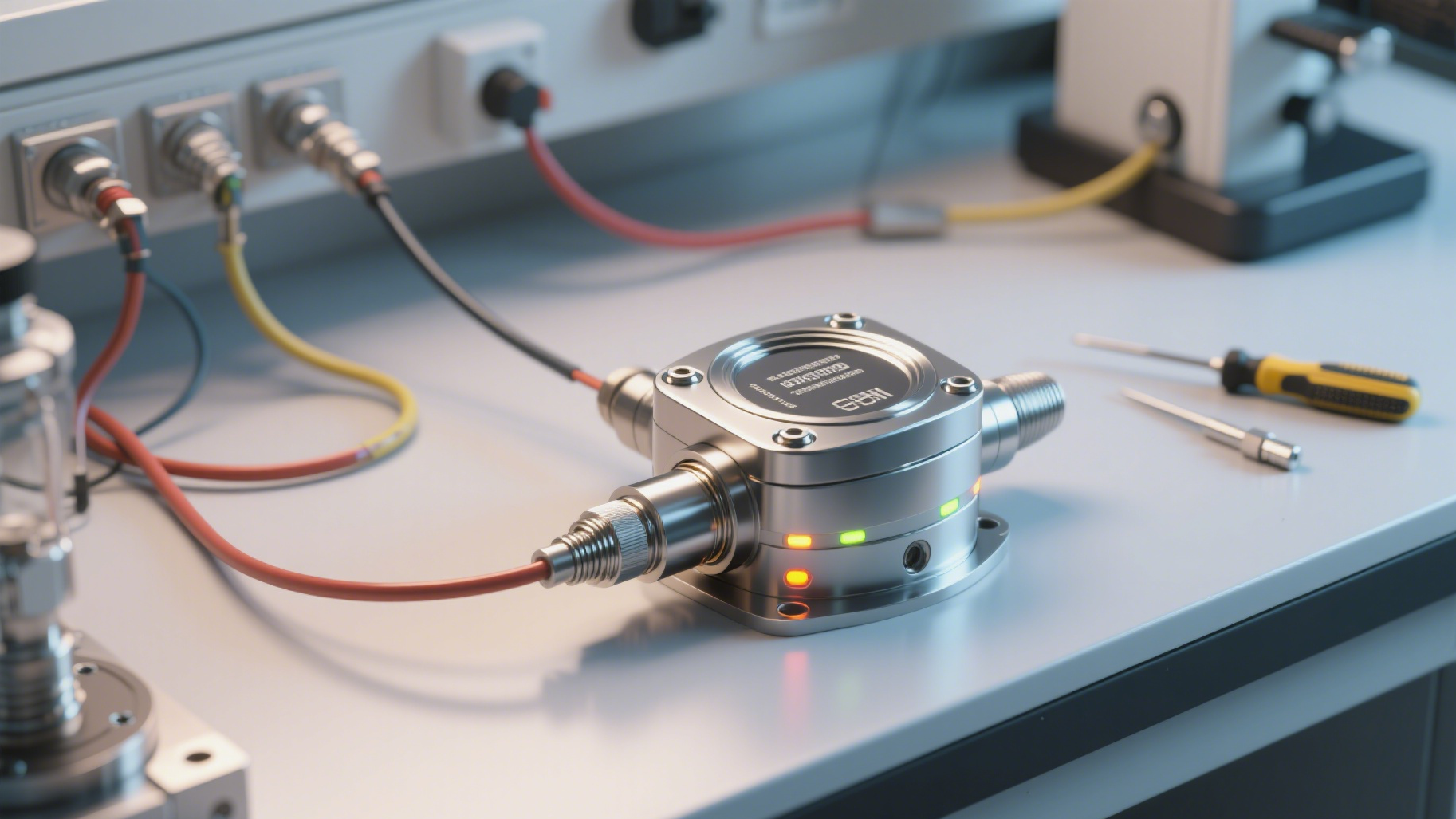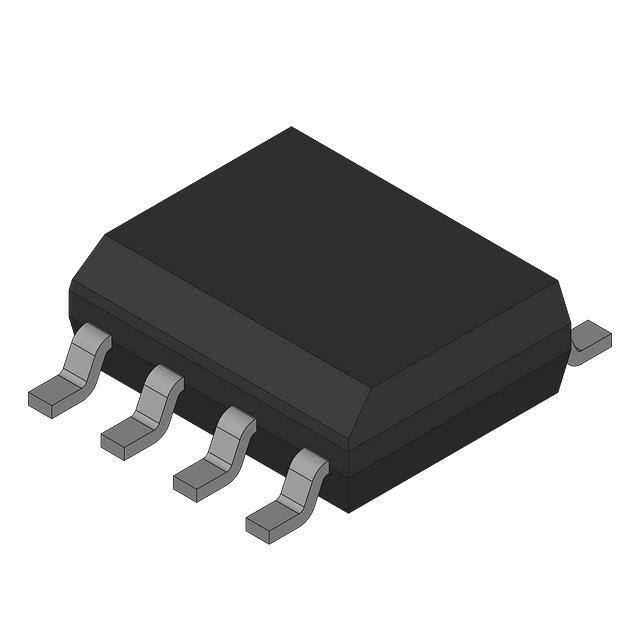Pressure Sensors: Ubiquitous Industrial “Sensing Antennas”
In modern technology, pressure sensors are an indispensable key existence. It permeates all areas of life and industry: in the automotive field, the pressure sensors in the tire pressure monitoring system can sense abnormal tire pressure in real time and reduce the risk of tire blowout; in the medical field, sphygmomanometers rely on pressure sensors to accurately measure blood pressure, and precision pressure sensors in intensive care units monitor patients' vital signs such as arterial pressure 24 hours a day. Pressure sensors not only affect daily life, but also play an important role in industrial manufacturing, aerospace and other fields. Their diverse classifications and advanced technologies are worth in-depth exploration.

Explore the diverse application fields of pressure sensors
Industrial automation: "smart guards" on the production line
In industrial automation, pressure sensors are key production guarantees. In the chemical industry, petroleum refining relies on it to monitor the pressure of the distillation tower to ensure parameter stability, ensure product quality and avoid safety accidents; in the production of food and beverages, it accurately controls the filling pressure to ensure consistent filling volume, improve efficiency and reduce waste.
Aerospace: "Acute senses" of aircraft
In the aerospace field, pressure sensors are related to flight safety. Aircraft engines rely on it to monitor intake and fuel pressures, optimize the oil-gas mixture ratio, and ensure efficient operation; during flight, it monitors cabin pressure, maintains a comfortable and safe environment in the cabin, and protects the health of passengers and the safety of aircraft structures.
Medical health: "Invisible doctors" guarding vital signs
In medical health, pressure sensors play a significant role. On the ventilator, it monitors breathing parameters in real time, automatically adjusts air supply, and ensures the patient's breathing; during rehabilitation treatment, the pressure sensor of the smart device monitors the force on the limbs and helps to formulate personalized rehabilitation plans.
Transportation: "Behind-the-scenes promoter" of intelligent transportation
In the field of transportation, pressure sensors improve management efficiency. Vehicle weighing systems use it to measure load, combat overloading, and ensure road safety; in traffic flow monitoring, it senses pressure changes and counts traffic flow and other information, helping to optimize signal light timing and alleviate traffic congestion.
Unveiling the mystery of pressure sensors: classification and principles
There are many types of pressure sensors, each based on unique physical principles, with its own advantages and disadvantages, and playing a key role in different scenarios.
Piezo-resistive pressure sensor
Piezo-resistive pressure sensors are based on the semiconductor piezoresistive effect. Pressure causes the semiconductor lattice to deform, the resistance value changes, and the voltage signal is output through the Wheatstone bridge. It has high precision and fast response, and is widely used in the medical and aerospace fields, but is susceptible to temperature interference. Temperature compensation circuits or low temperature coefficient materials are usually used to correct measurement errors.
Capacitive pressure sensor
Capacitive pressure sensors change the capacitance value by changing the electrode spacing or dielectric properties, and convert it into an electrical signal through the measurement circuit. It has high sensitivity, good stability, and long life, and is suitable for biomedical and industrial monitoring. However, temperature and humidity will affect performance, which can be solved by temperature compensation algorithms and sealed packaging technology.
Piezoelectric pressure sensor
Piezoelectric pressure sensors use the piezoelectric effect to generate charges on the surface of the dielectric when under pressure, and output electrical signals after amplification. The sensor has high sensitivity, fast response and small size, and is often used in vibration measurement and automotive safety systems. However, the output signal is weak and needs to be amplified and processed, and it is not suitable for static pressure measurement.
Inductive pressure sensor
Inductive pressure sensor relies on elastic elements to drive the displacement of the magnetic core to change the inductance of the coil, and converts the induced electromotive force into an electrical signal for measurement. It has a wide measurement range and strong anti-interference ability, and is suitable for industrial pipeline monitoring. However, due to its complex structure and large size, it is difficult to meet the needs of miniaturized equipment.
Technological innovation and future prospects of pressure sensors
Currently, pressure sensors are rapidly innovating based on materials science and microelectromechanical systems (MEMS) technology. In the field of materials, graphene has become a research focus due to its excellent electrical properties and mechanical strength. Its lattice deformation under pressure causes electrical changes, which can achieve high-precision measurement. By compounding with polymers, the sensitivity and stability of the sensor can be improved, and it has great potential in the fields of wearable and biomedical monitoring.
MEMS technology has promoted the miniaturization and integration of pressure sensors. With the help of micro-machining technology, sensor elements and signal processing circuits are integrated into tiny chips, which reduces power consumption and responds faster, making them suitable for space-constrained scenarios such as smartphones and wearable devices. At the same time, MEMS pressure sensors are integrated with multiple types of sensors to form multi-functional modules, providing comprehensive environmental perception for the Internet of Things, autonomous driving, etc. In the future, the Internet of Things era will promote the explosive growth of pressure sensors. From smart homes to smart factories, the data collected by them will help the intelligent control of equipment. In the field of artificial intelligence, after integration with AI algorithms, pressure sensors can help intelligent robots achieve precise movements, and are used in medical care, logistics warehousing and other scenarios, and continue to promote the intelligent upgrade of various industries.


